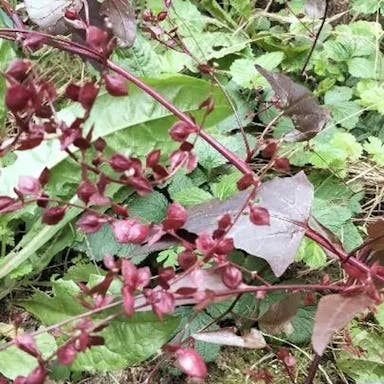Tree spinach thrives in well-drained soil with a pH level between 6.0 and 7.0. It prefers rich, fertile soil with high organic matter content. Fertilize tree spinach with a balanced fertilizer, such as a 10-10-10 NPK formula, in early spring before new growth appears. Apply the fertilizer at a rate of 1 pound per 100 square feet of planting area. Repeat the application every 4-6 weeks during the growing season. Avoid over-fertilizing, as it can lead to excessive leafy growth with reduced flavor. Conduct a soil test annually to monitor nutrient levels and adjust fertilizer applications accordingly.
0
0











